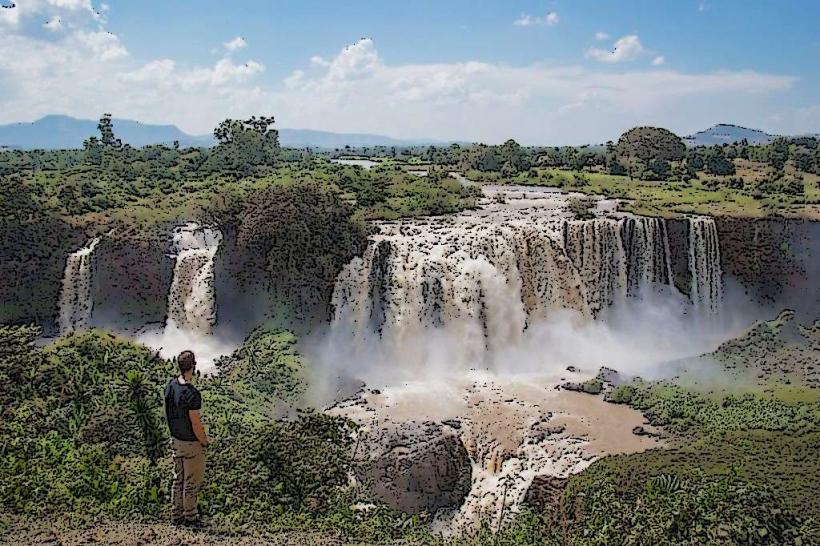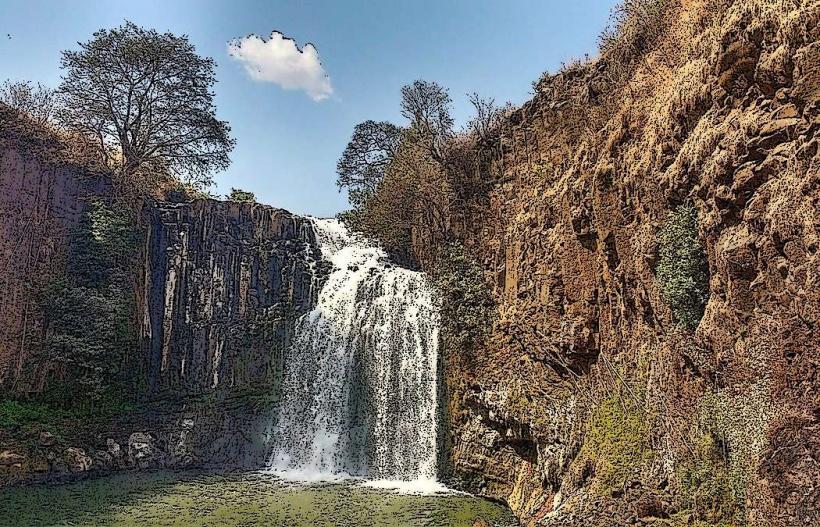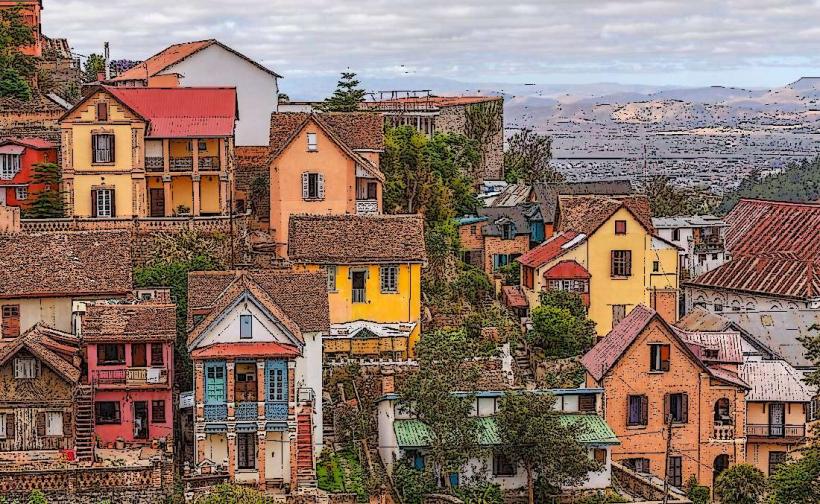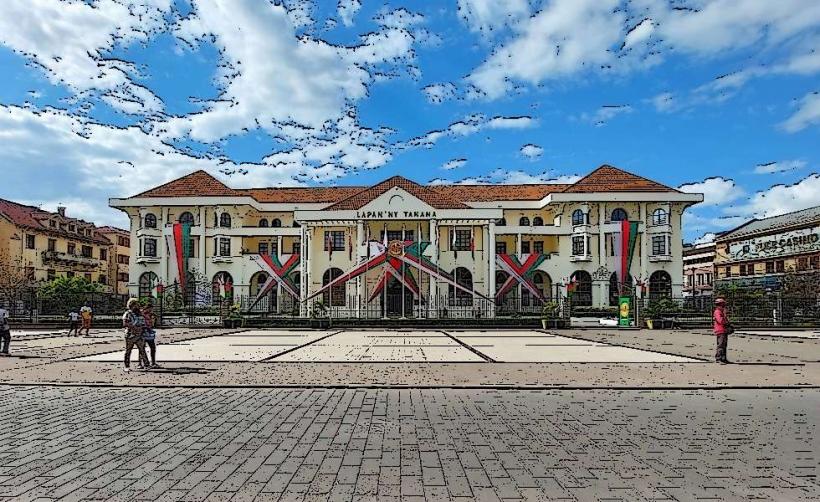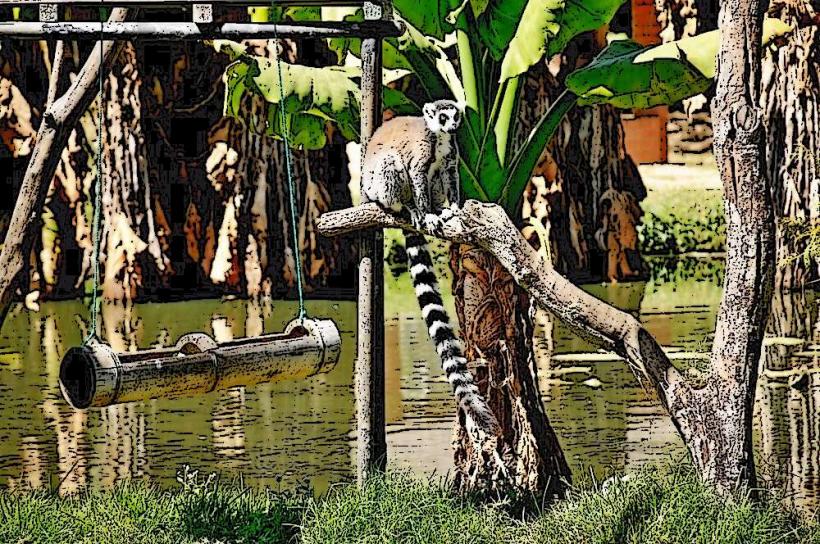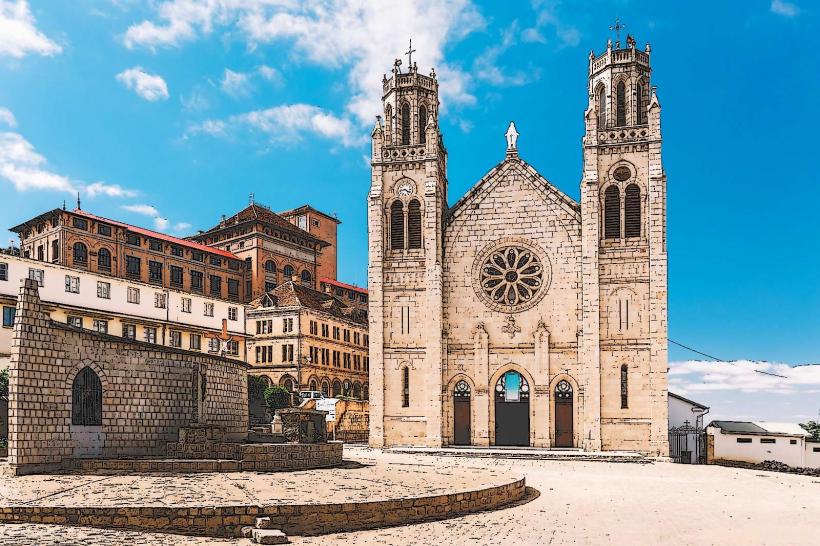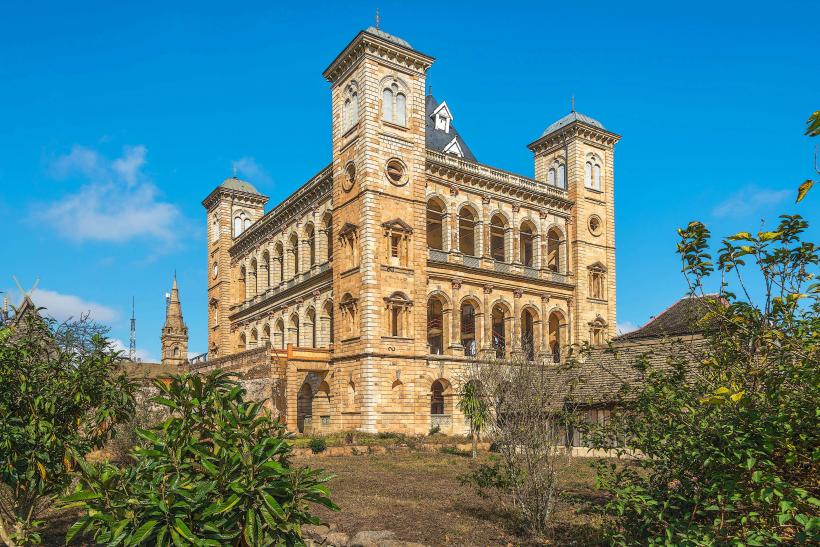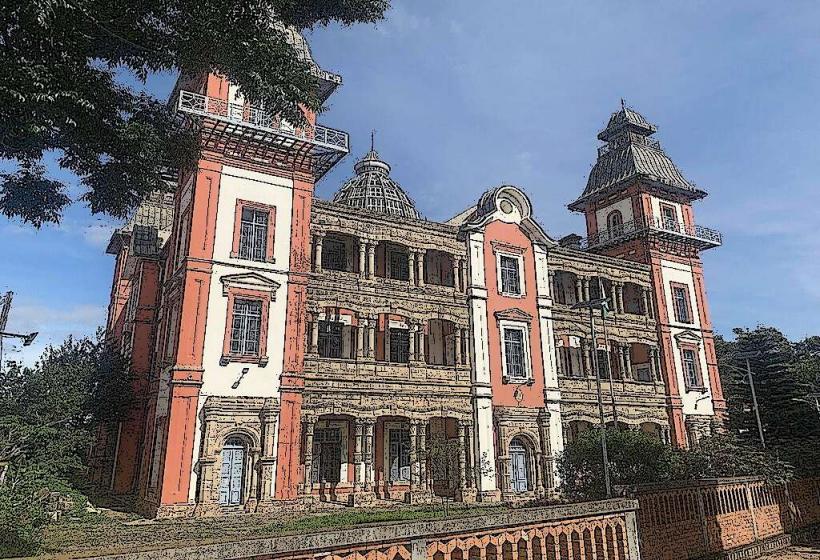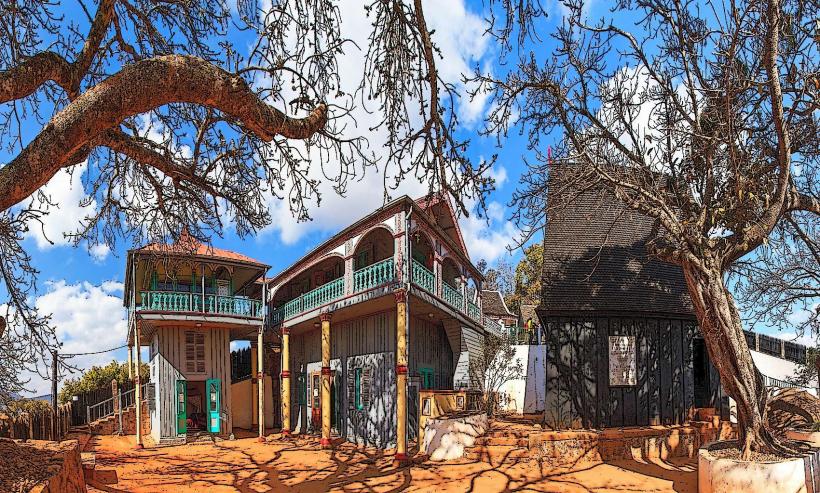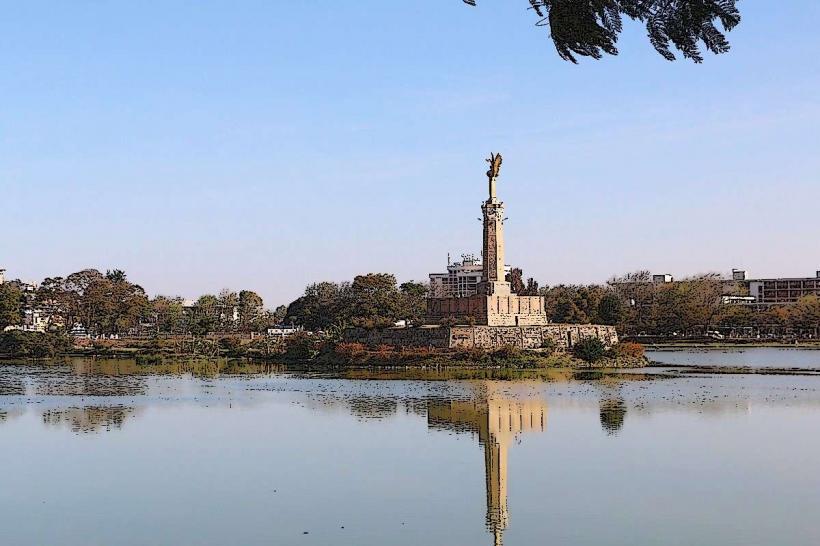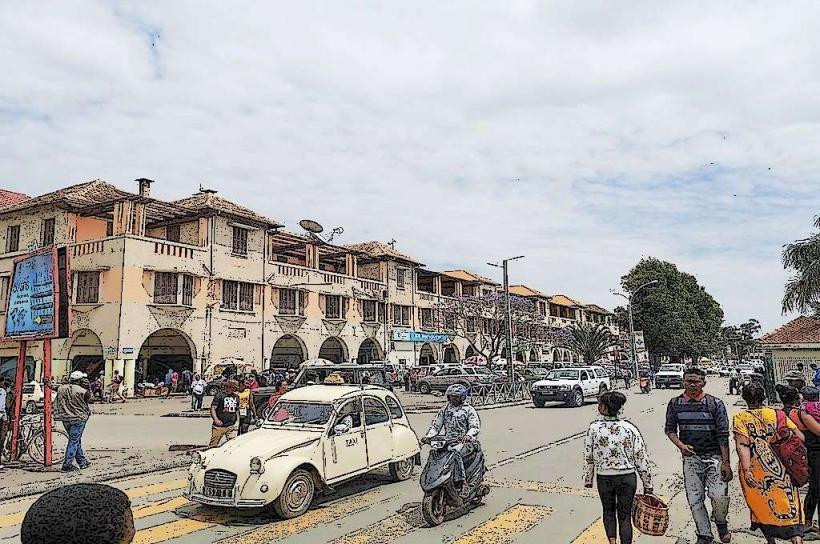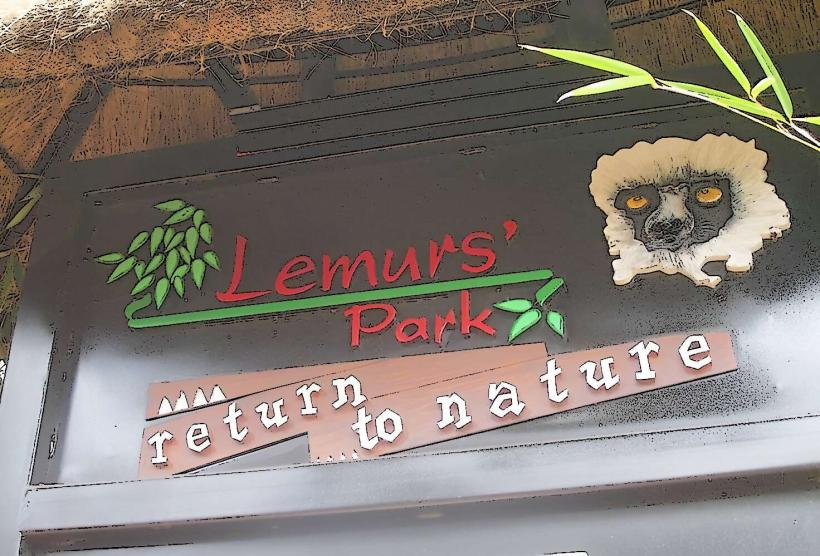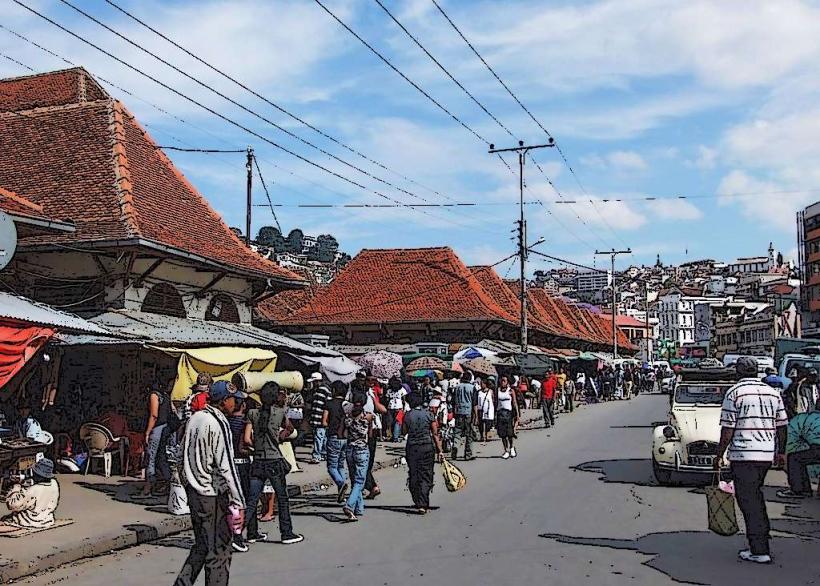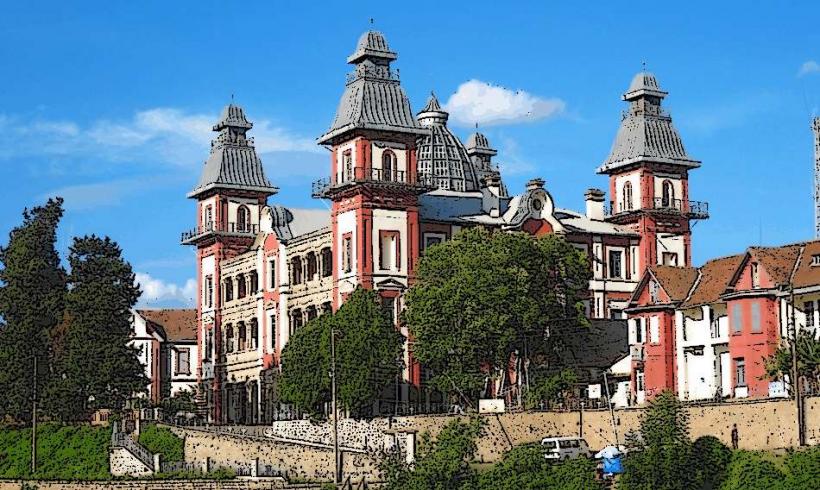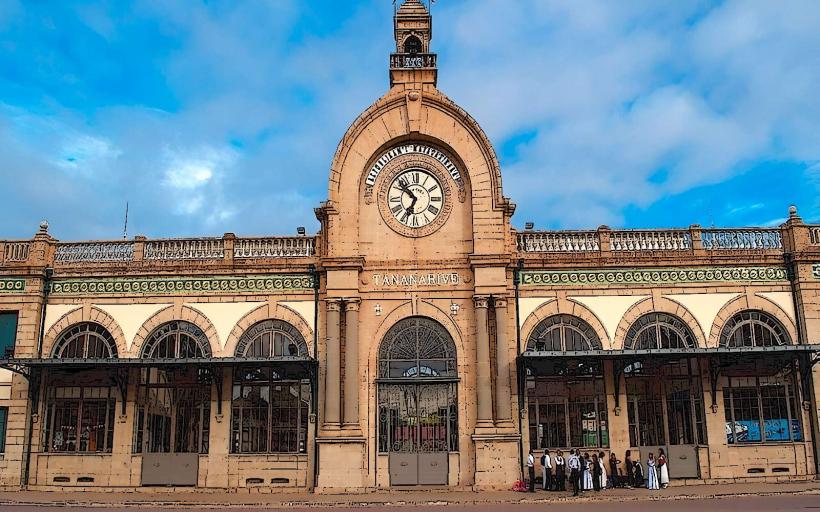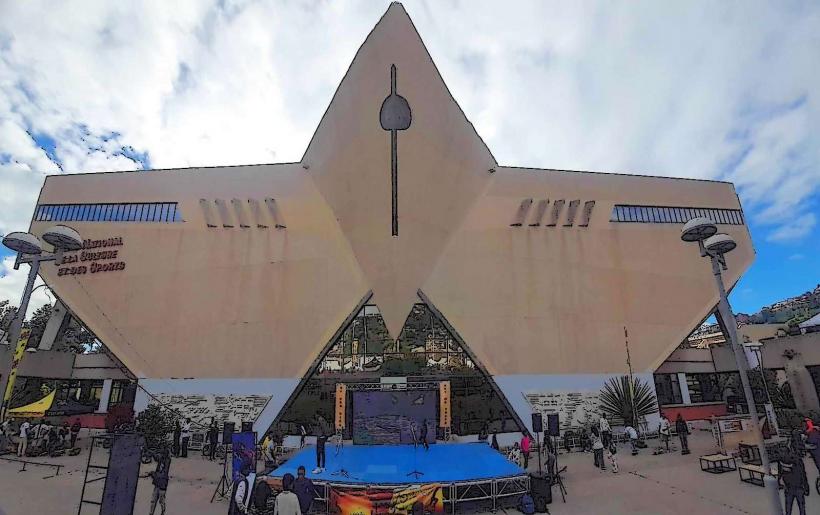Information
Landmark: Tsimbazaza ZooCity: Antananarivo
Country: Madagascar
Continent: Africa
Tsimbazaza Zoo (also known as the Zoological and Botanical Garden of Tsimbazaza) is located in Antananarivo, the capital city of Madagascar. It is one of the most well-known zoos and botanical gardens in the country, showcasing Madagascar's rich biodiversity, particularly its unique and endemic wildlife.
History:
Tsimbazaza Zoo was founded in 1966 and has since become an important institution for the conservation and study of Madagascar's native species. The zoo was established to protect and promote the unique biodiversity of the island, which is home to many species found nowhere else in the world. Madagascar's flora and fauna, including its famous lemurs, chameleons, and various plant species, are central to the zoo's mission.
Purpose and Mission:
The main objectives of Tsimbazaza Zoo include:
- Conservation: The zoo plays an essential role in the conservation of Madagascar’s threatened and endangered species. It focuses on preserving the island’s unique biodiversity and raising awareness about the threats posed by habitat loss, poaching, and climate change.
- Education and Research: Tsimbazaza Zoo serves as a center for education, helping the public, students, and researchers learn about Madagascar’s wildlife. It also conducts research on animal behavior, breeding, and conservation strategies.
- Tourism and Public Engagement: As a major tourist attraction in Antananarivo, the zoo educates visitors about the importance of preserving Madagascar’s endemic species while offering a chance to see them up close in a controlled and safe environment.
Wildlife and Exhibits:
Tsimbazaza Zoo houses a wide variety of animals, many of which are endemic to Madagascar. Some of the most notable species include:
Lemurs: Lemurs are one of the most famous animals associated with Madagascar. The zoo is home to several species, such as the ring-tailed lemur, Indri lemur, sifakas, and other endangered lemur species. These primates are the focus of the zoo's conservation efforts, as many of them are threatened by habitat destruction.
Reptiles: Madagascar is also known for its unique reptiles, and Tsimbazaza Zoo features various species of chameleons, geckos, and tortoises, including the critically endangered Radiated Tortoise.
Birds: The zoo has a variety of bird species, including the Madagascar kestrel, Madagascar parrot, and Vasa parrots. Many of these birds are rare and native to Madagascar’s ecosystems.
Fossa: The fossa is a carnivorous mammal endemic to Madagascar and is often compared to a small cougar. It is one of the top predators on the island and can be seen at the zoo.
Amphibians: Madagascar is home to a remarkable diversity of frogs, and Tsimbazaza Zoo exhibits some of these species, including the Malagasy Poison Frog.
Invertebrates: The zoo also houses several species of invertebrates, including Madagascar hissing cockroaches and other endemic insects.
Botanical Garden: The zoo features a botanical garden with a collection of native plants, some of which are used for medicinal purposes or are important for the island's ecosystems.
Conservation Efforts:
Tsimbazaza Zoo is actively involved in conservation programs aimed at protecting the wildlife of Madagascar. These programs focus on:
- Captive breeding: The zoo participates in breeding programs for endangered species, such as lemurs and tortoises, to increase their population and ensure their survival.
- Rehabilitation and release programs: Some of the animals that are brought to the zoo due to injury or poaching are rehabilitated and later released into protected areas.
- Environmental education: The zoo works with local communities and schools to educate people about the importance of preserving the island’s biodiversity and preventing deforestation and hunting.
Challenges:
Despite its important role in conservation, Tsimbazaza Zoo faces challenges such as limited funding, the need for more modern facilities, and ongoing threats to Madagascar's wildlife, particularly due to deforestation and illegal wildlife trade. The zoo works with national and international conservation organizations to address these issues and continue its mission.
Visitor Experience:
- Exhibits and Walkthroughs: Visitors to Tsimbazaza Zoo can walk through various sections of the zoo, each focused on different groups of animals and ecosystems. There are opportunities to see the animals up close, learn about their natural habitats, and engage in educational activities.
- Guided Tours: The zoo offers guided tours, providing in-depth information about the animals and the conservation work being done at the zoo.
- Animal Feeding and Educational Programs: The zoo organizes feeding times and educational programs where visitors can learn more about specific species and the challenges they face in the wild.
Conclusion:
Tsimbazaza Zoo is a vital institution for the conservation and promotion of Madagascar’s incredible biodiversity. Through its collection of endemic species, educational programs, and conservation efforts, the zoo plays an essential role in protecting the island's unique wildlife and raising awareness about the need for conservation. For those visiting Antananarivo, the zoo offers an invaluable opportunity to learn about and experience Madagascar’s extraordinary natural heritage.

